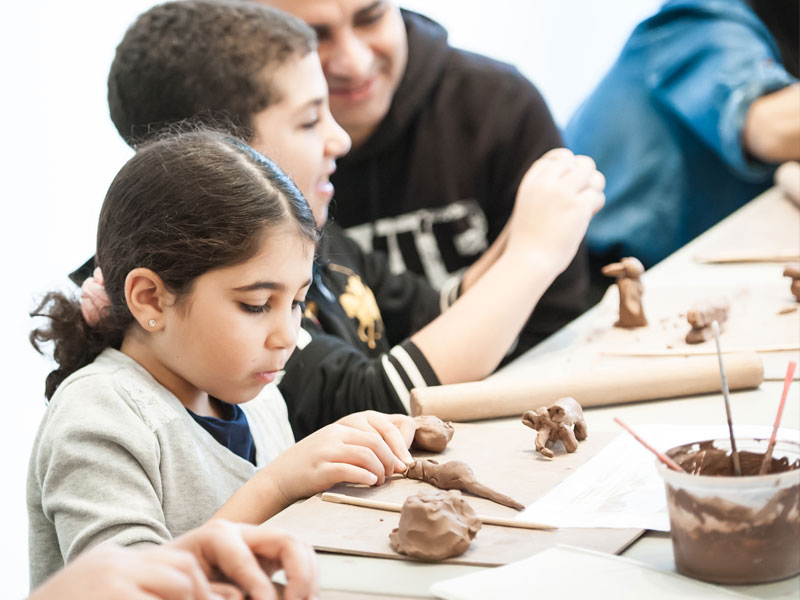Creature Plates
The Gardiner Museum brings together people of all ages and backgrounds through the shared values of creativity, wonder, and community that clay and ceramic traditions inspire.

- This event has passed.
Creature Plates
July 12, 2020
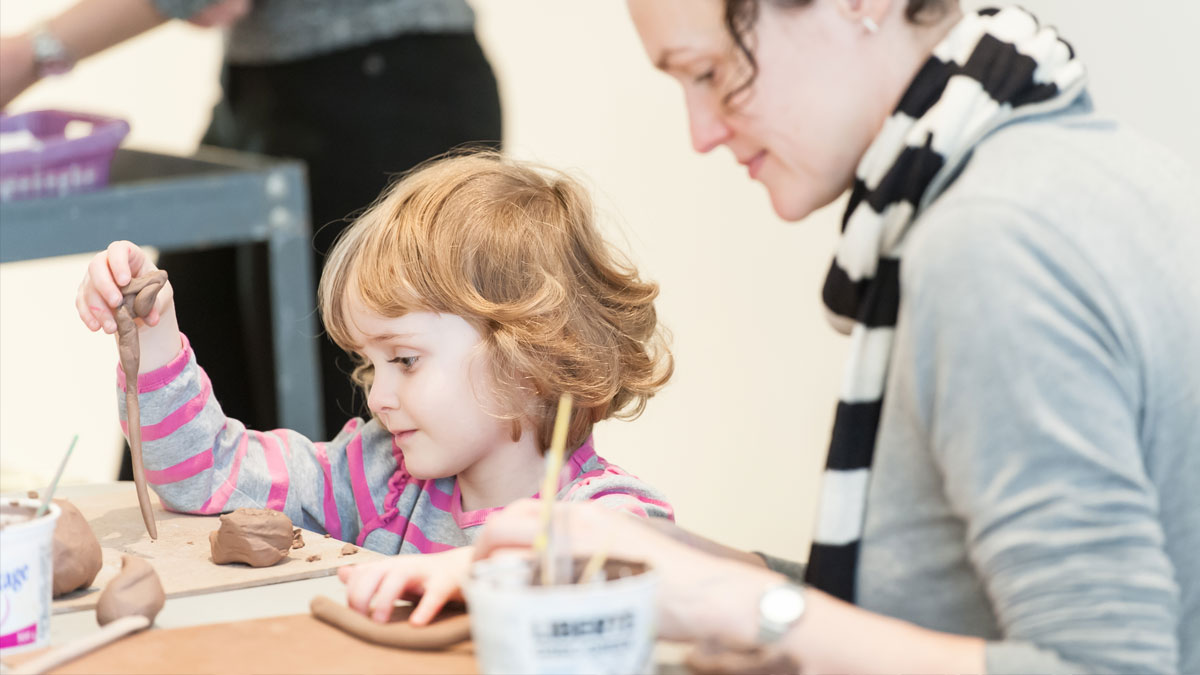
Bernard Palissy was a 16th-century ceramist, natural scientist, and engineer who spent years trying to imitate Chinese porcelain. He ended up creating his own style of ceramics, known as “rusticware”. His large oval platters were decorated with snakes, lizards, vegetation, frogs, and seashells. Looking at a Palissy plate is almost like looking under a magnifying glass.
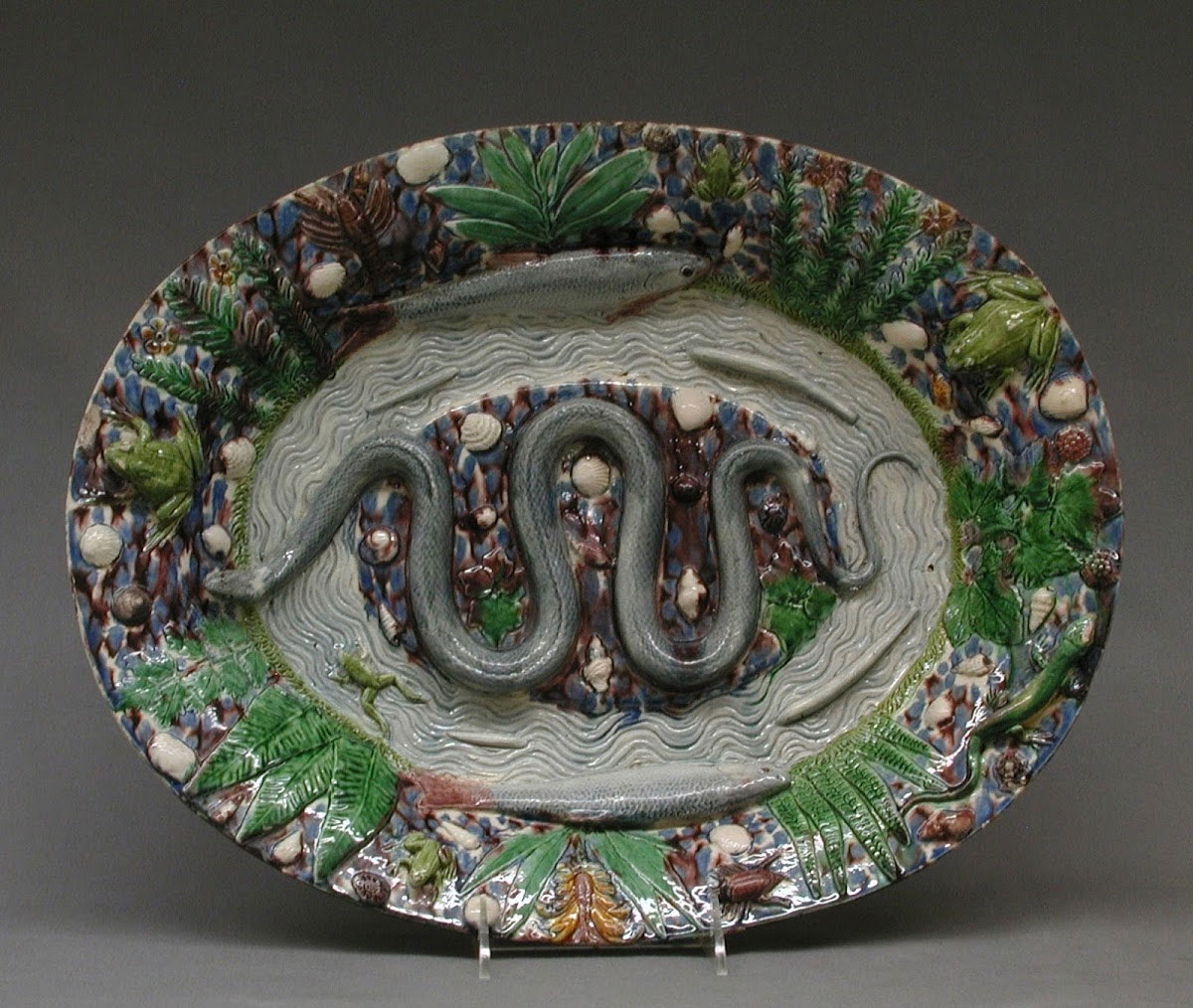
Get inspired by the outdoors and make your own Palissy-style plate. Ceramics instructor Karin Pavey shows you how…
You can also download the instructions as a PDF
Materials:
- Clay or other modelling material (try one of our homemade clay recipes)
- Paper or Styrofoam plate (for support and shape)
- Mesh garlic bag (for texture)
- Rolling pin
- Plastic knife
- Wood skewer
- Water and brush
- Modelling tools like Popsicle sticks (optional)
- Leaves (optional)
Instructions:
Roll out a slab of clay approximately the size of your plate. Trim the extra with your plastic knife. Roll out an extra slab for the leaves.
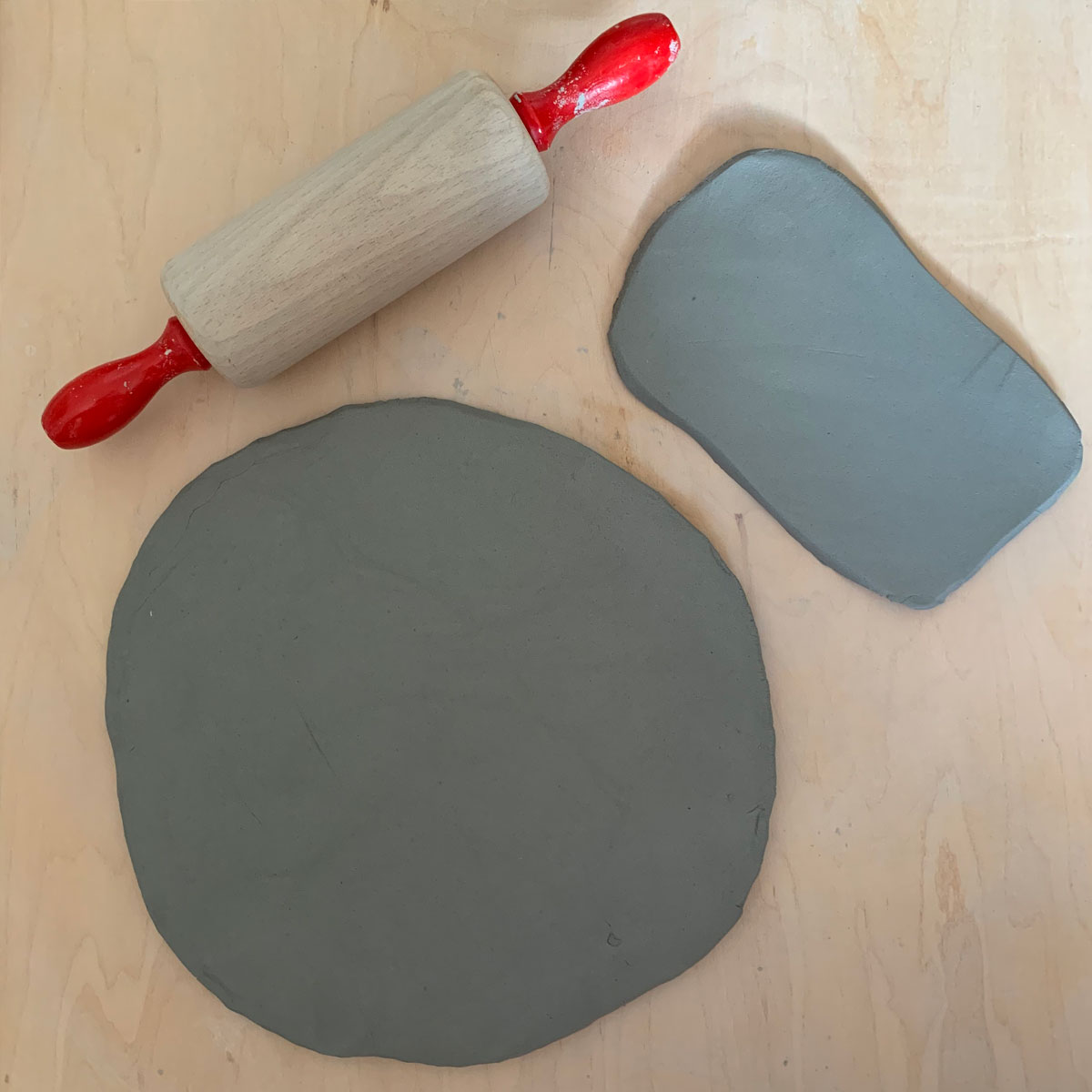
Place the round slab inside your plate for support and shape. Press the clay into the plate gently.
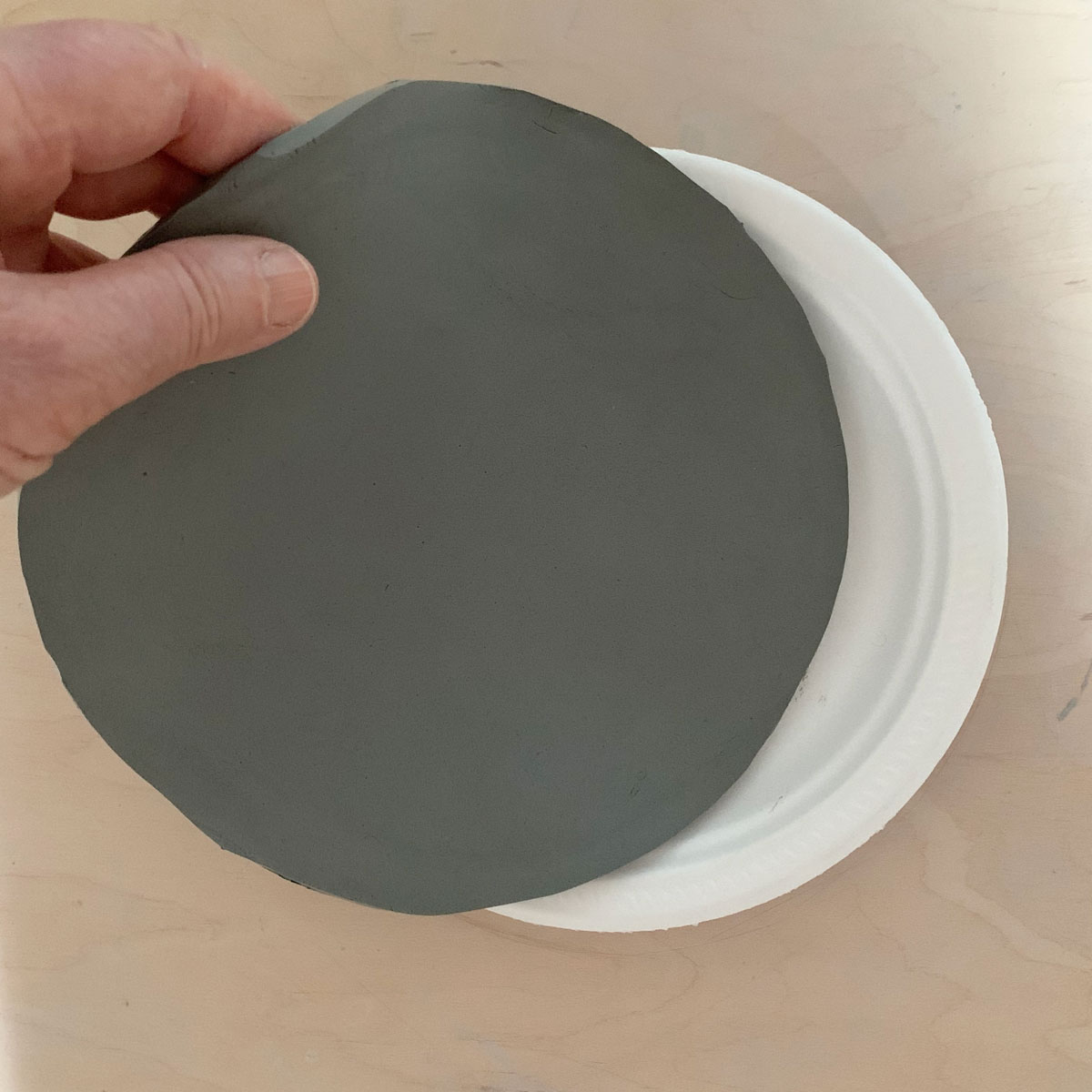
Score (or scratch) the clay plate surface and cover it with plastic to keep it moist.
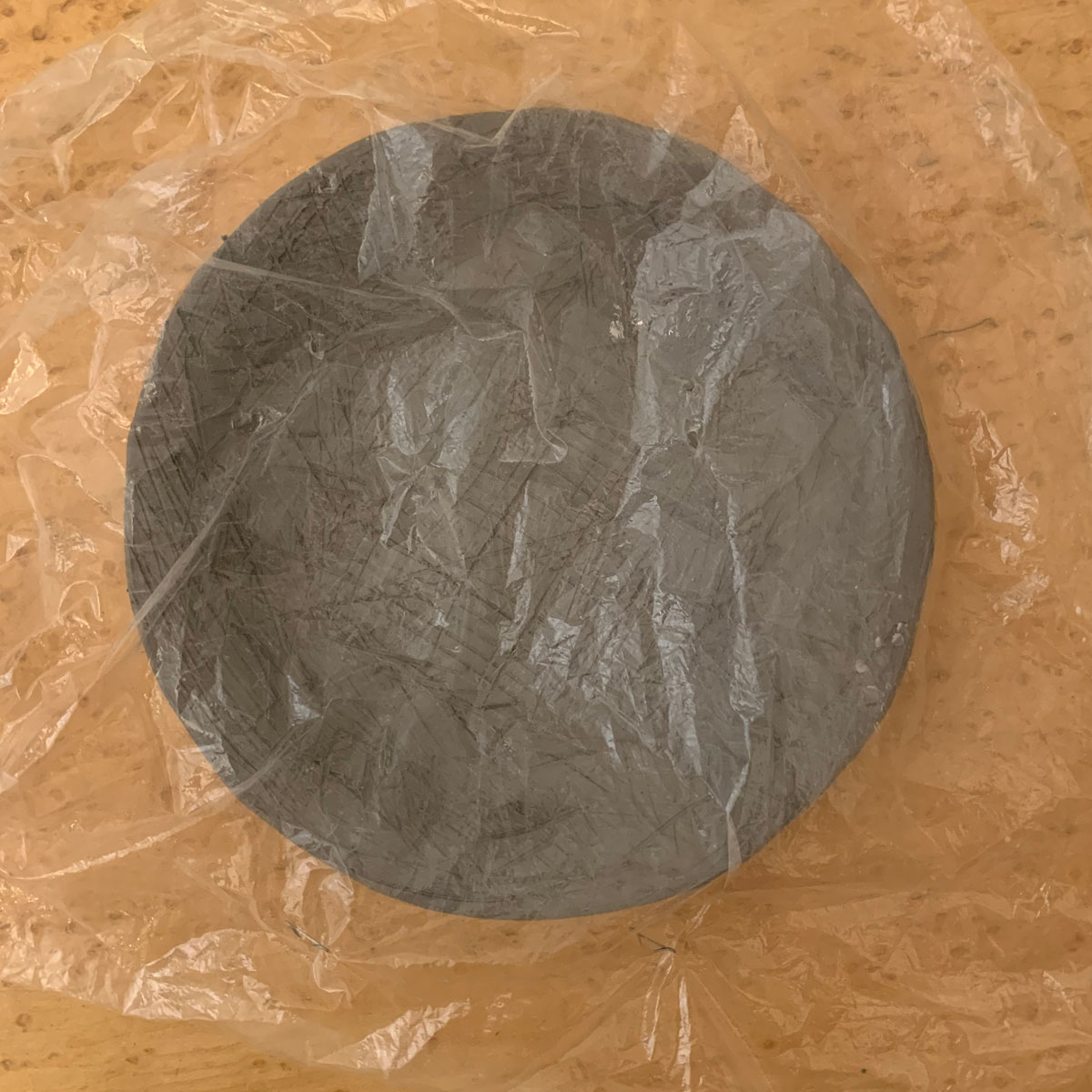
Roll out a long coil for the snake and smaller ones for a lizard, fish, or other small creatures. Cut out leaves from the slab and press some real leaves onto them to create texture. Form a variety of shell shapes from small balls of clay.
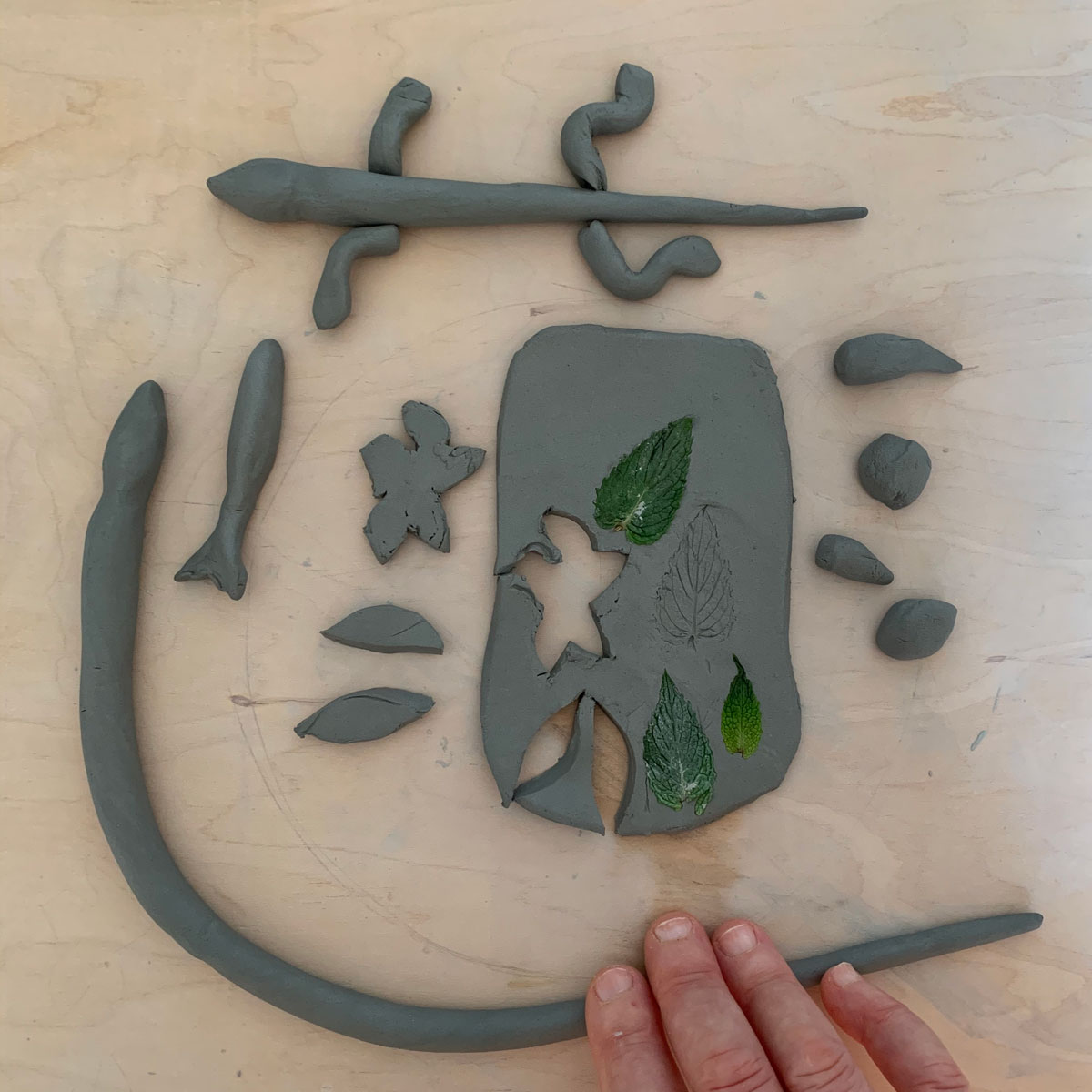
Create texture on the snake with the mesh and make lines and patterns with your modelling tools or skewer.
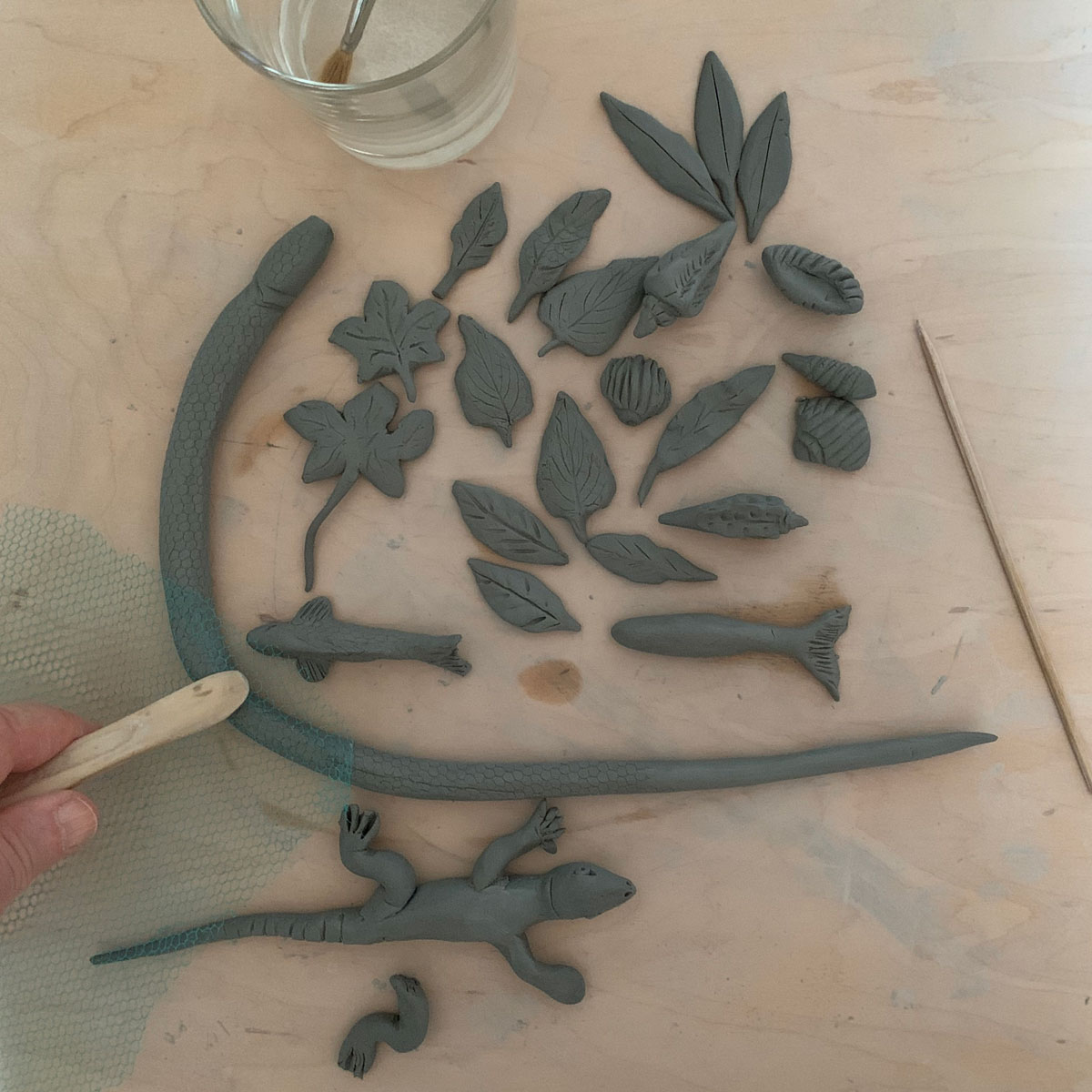
On the snake and lizard, poke holes for eye sockets with your skewer, then fill the holes with small clay balls. These are the eyeballs. Use your skewer to make a mouth and nostrils on each.
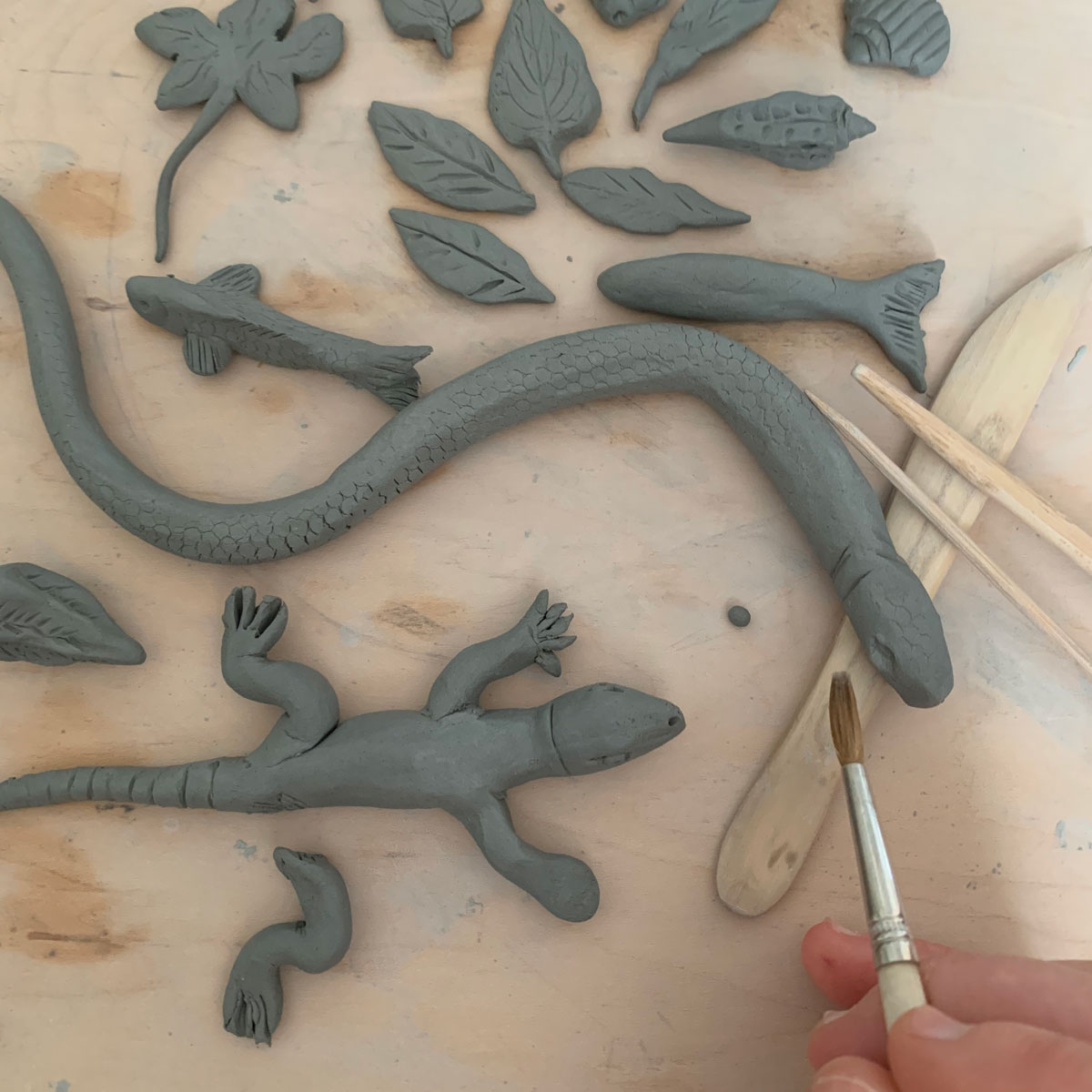
Use your plastic knife to shape the lizard’s claws.
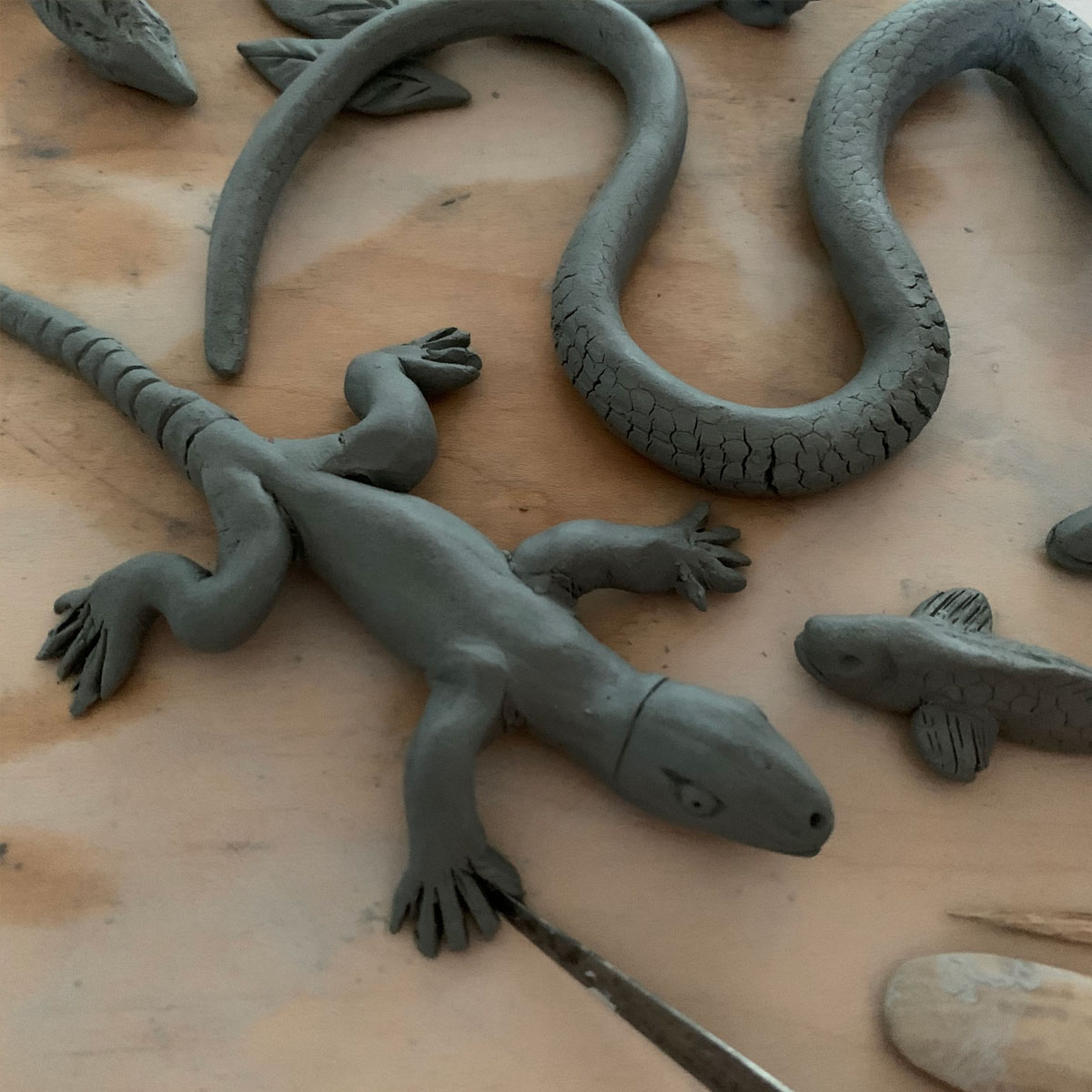
Use your skewer to score (or scratch) the underside of all of your creatures, leaves, and shells.
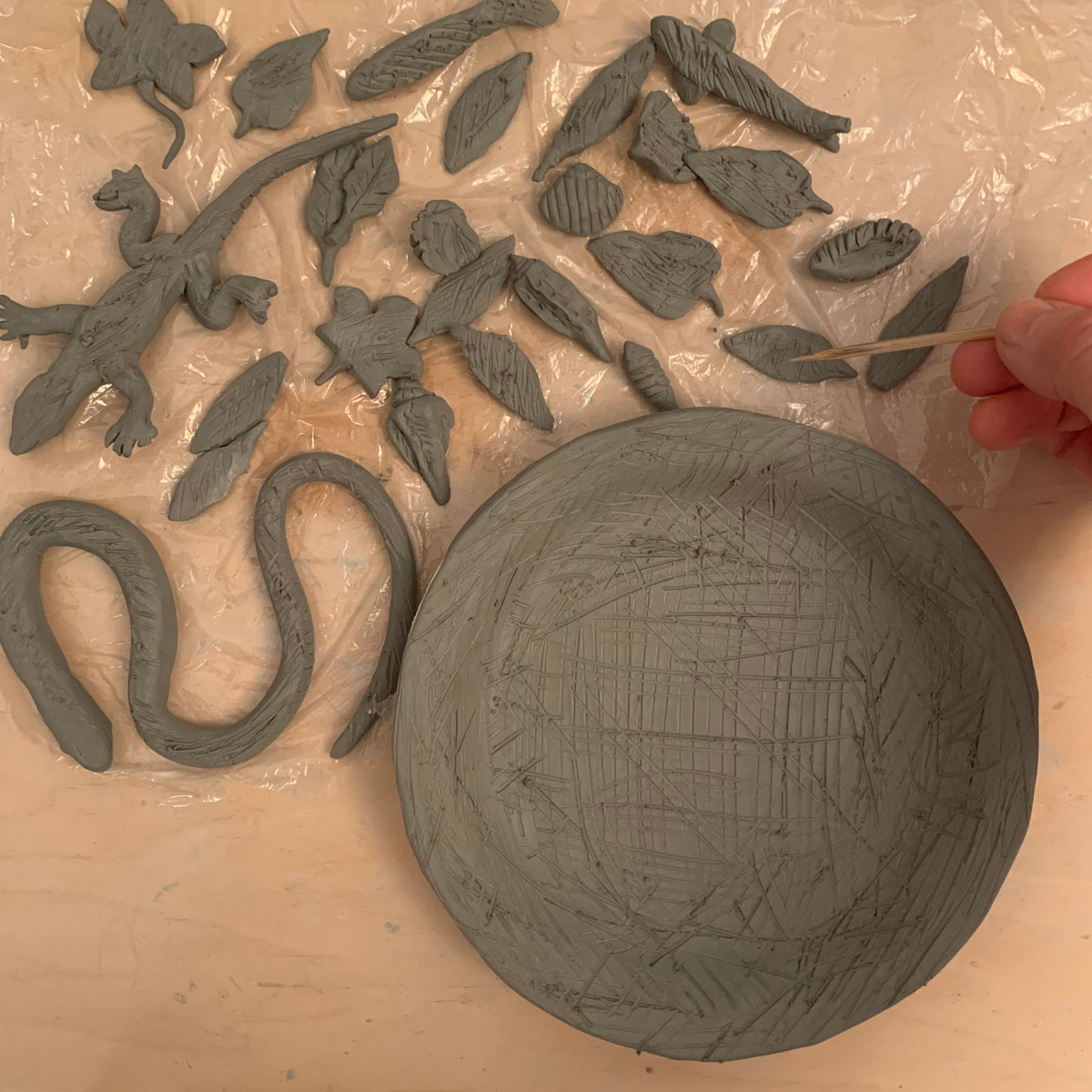
Attach the clay snake and lizard to the clay plate using a bit of water applied with a paint brush. Press them gently into the plate.
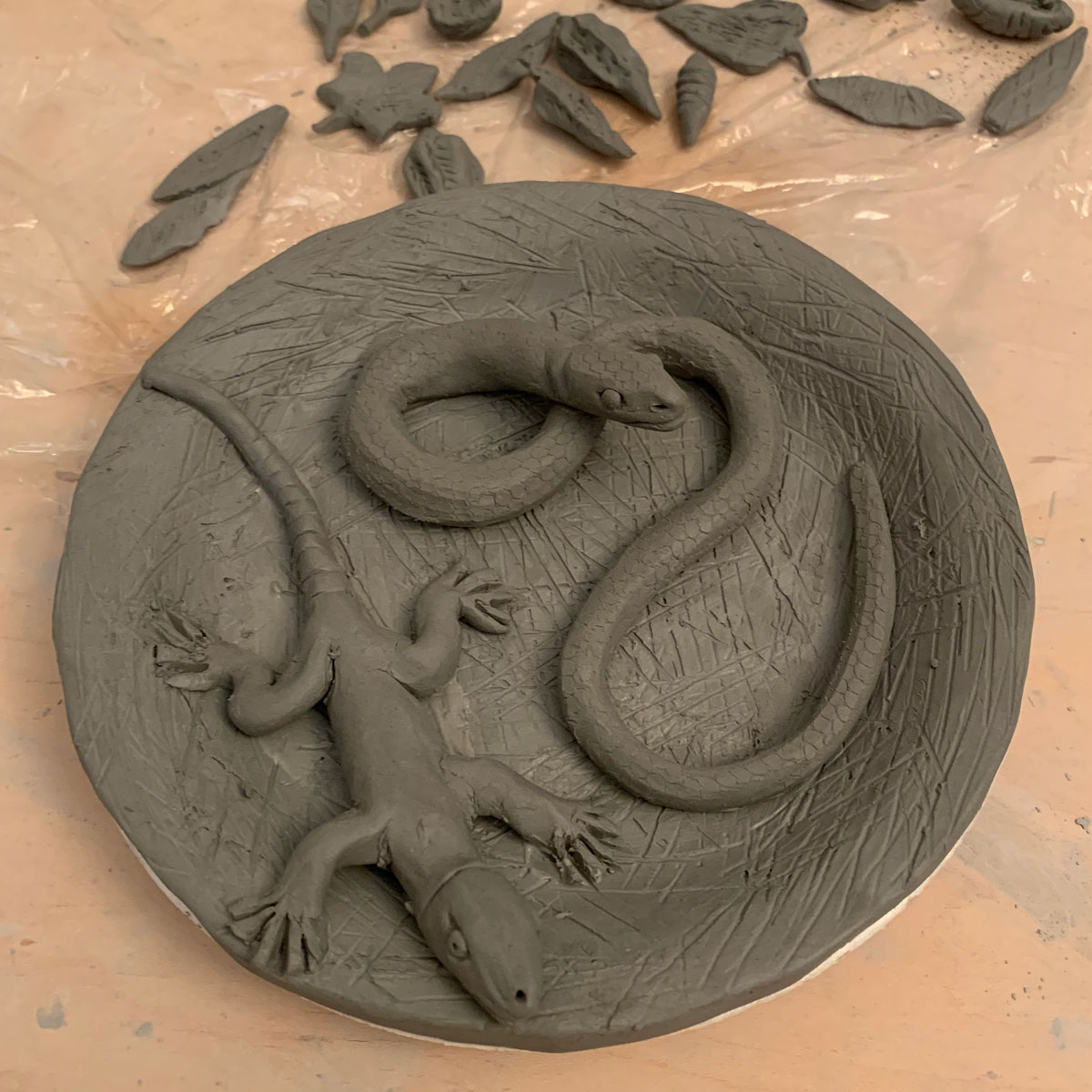
Attach the rest of your clay objects.
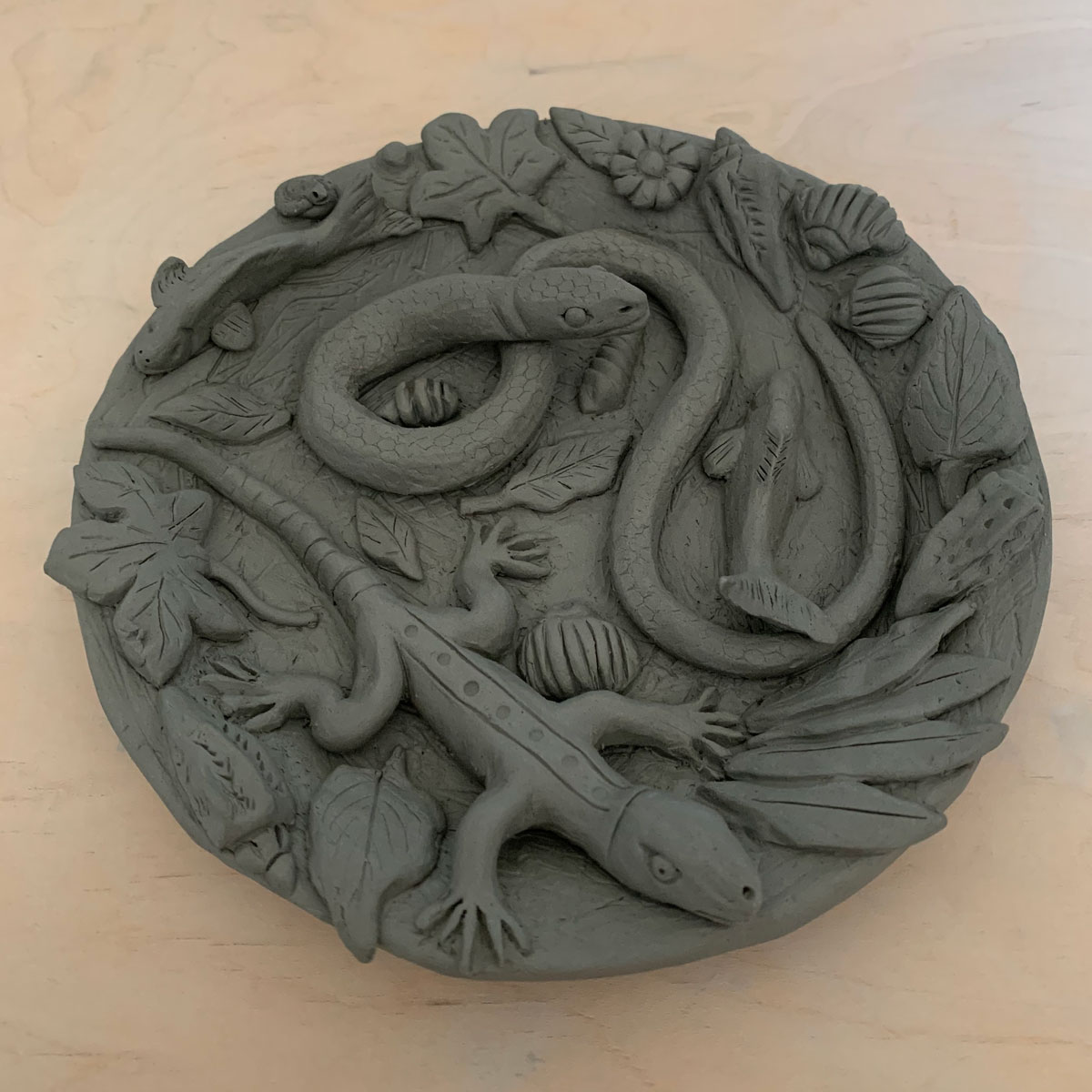
Now take a photo of your finished piece and share it on social media using #GardinerFromHome.
